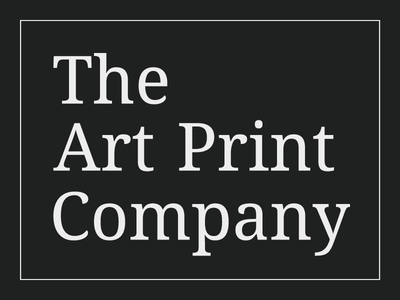Lady by Gustav Klimt - Wall Art Photo Poster Print
ROLLED PHOTO POSTER PRINTContact us if you require a custom size.
Printed using only high quality inks on gallery grade 280 GSM premium lustre photo paper with a semi matte/glossfinish to ensure a sharp vibrant image. The prints are trimmed to the edge of the image. Please add a note when ordering if you would like to add a specified white border to assist with framing.
(frame not included)Orders dispatched the next working day. Estimated UK delivery 1-2 days, international 8-10 working days or less.
Lady by Gustav Klimt
"Adele Bloch-Bauer I" is one of Gustav Klimt's most renowned masterpieces, created between 1903 and 1907. It's also famously known as "The Lady in Gold" or "Woman in Gold." This painting is emblematic of Klimt's golden phase, where he extensively used gold leaf to create shimmering and opulent compositions.
In "Adele Bloch-Bauer I," Klimt portrays Adele Bloch-Bauer, the wife of Ferdinand Bloch-Bauer, a wealthy industrialist and patron of the arts. The painting depicts Adele in a luxurious and extravagant manner, characteristic of Klimt's style. She is shown seated in an elaborate chair, surrounded by decorative motifs and symbols that reflect Klimt's interest in Byzantine art and symbolism.
Adele herself is depicted wearing a striking golden gown, which merges with the golden background, enveloping her in a radiant glow. Her hands are delicately placed in her lap, and she exudes an air of elegance and sophistication. Her gaze is serene, yet enigmatic, inviting viewers to contemplate her inner thoughts and emotions.
Klimt's attention to detail is evident in the intricate patterns and ornamentation that adorn Adele's dress and the surrounding space. These decorative elements, along with the use of gold leaf, contribute to the painting's sumptuous and luxurious aesthetic.
"Adele Bloch-Bauer I" is not only a stunning portrait but also a symbol of wealth, power, and the fin-de-siècle Viennese society. Its significance was further amplified by its tumultuous history, including its seizure by the Nazis during World War II and its eventual restitution to Adele's heirs decades later. Today, it is housed in the Neue Galerie in New York City and remains one of the most iconic works of Gustav Klimt.




